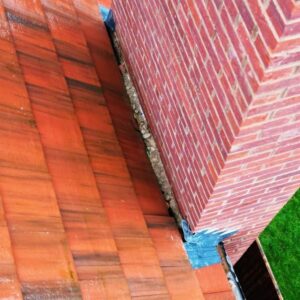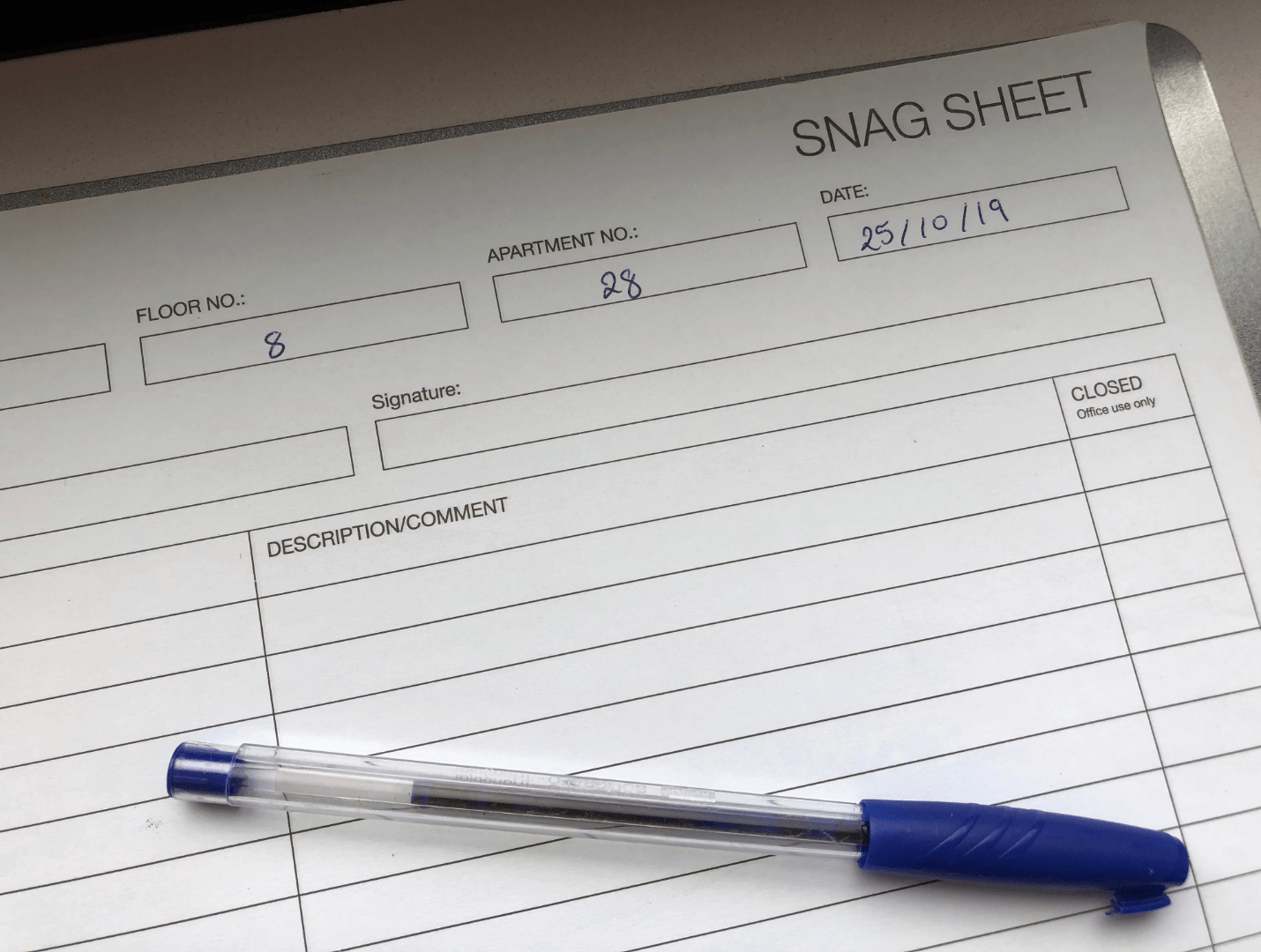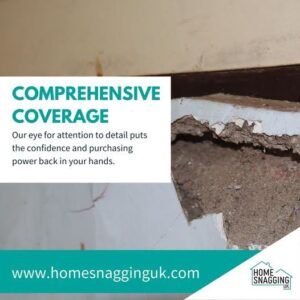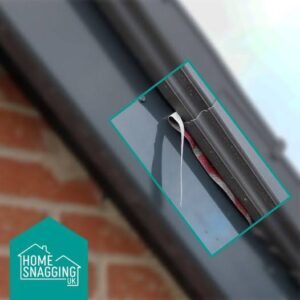
Avoid Costly Mistakes: Snagging & Home Inspections in Yorkshire
Avoid Costly Mistakes: The Importance of Home Inspections in Yorkshire BookOnline Now When purchasing a newly built home, it is
Latest News

Buying a newly built home is an exciting milestone, but it’s crucial to ensure your investment is sound. Snagging inspections are essential for identifying defects, from minor cosmetic flaws to significant structural issues, before you move in. This sets the stage for a comfortable and secure living environment. You’re faced with a choice: DIY or professional snagging services. This article explores the pros and cons of each approach, empowering you to make an informed decision that ensures your new home meets your expectations.
Snagging inspections are a comprehensive review of your new property’s condition, acting as a final safeguard against construction defects. The primary aim is to ensure that any issues are addressed by the builder or developer before you move in, offering peace of mind. These inspections cover every aspect of the new build, including internal and external areas, to compile a “snag list” that the developer is obligated to rectify as part of the purchase agreement.
Why are snagging inspections so important?
Taking the DIY route can seem appealing, especially for budget-conscious homeowners. But is it the right choice?

Hiring professional snagging inspectors brings a level of expertise and experience that is unmatched by the DIY approach.
If you decide to go the DIY route, here’s a checklist of essential items to inspect:
Keep your article current by adding some industry insights. Here are some topics to consider:
Deciding between a DIY approach and enlisting professional help for snagging your newly built home is a crucial choice that will give you peace of mind and ensure your investment stands the test of time. The path you choose should align with your priorities: budget, time, and the assurance of quality.
At HomeSnaggingUK, we understand the importance of a snag-free home. Our team of experts is equipped with the knowledge, tools, and impartiality to ensure your new home is everything you dreamed it would be—and more. From uncovering hidden defects to providing comprehensive reports, we’re here to make the transition to your new home as smooth and stress-free as possible.
Don’t leave the quality of your biggest investment to chance. For peace of mind and the assurance that your new home is in perfect condition, reach out to us:
Choose HomeSnaggingUK for a seamless snagging process that ensures your new home isn’t just built to standards but to your standards.
We understand you might have questions about snagging inspections and how they can protect your new home investment. Here are answers to some frequently asked questions to help you make an informed decision.
A “snag” is a defect, imperfection, or unfinished item in a newly built property. Snags can range from minor cosmetic issues like scratches on walls to more significant problems like plumbing or electrical faults.
Ideally, a snagging inspection should be carried out as close to the completion of the build as possible, before you legally complete the purchase and move in. This allows you to raise any issues with the developer for them to rectify before you take ownership.
You can certainly conduct a DIY snagging inspection, but professional inspectors bring expertise, impartiality, and specialized tools to the process, which can help identify issues you might otherwise miss.
Professional snagging inspectors use a variety of tools, including thermal imaging cameras (to detect insulation problems or leaks), moisture meters (to check for dampness), laser levels (to assess floor and wall levelness), and other specialized equipment.
After the inspection, you will receive a detailed report outlining all identified snags. This report can then be presented to the developer, who is typically obligated to rectify the issues as part of the purchase agreement.
In most cases, developers are cooperative and willing to address snags identified in a professional report. However, if you encounter resistance, you may need to seek legal advice or involve a third-party mediation service.

Avoid Costly Mistakes: The Importance of Home Inspections in Yorkshire BookOnline Now When purchasing a newly built home, it is

Home Inspections and Snagging: Must-Know Tips for Yorkshire Homeowners BookOnline Now For new homeowners in Yorkshire, the excitement of moving

The Cost of Snagging Surveys in Yorkshire BookOnline Now For new homeowners in Yorkshire, snagging surveys are a crucial step

Navigating Home Inspections and Snagging for Your New Yorkshire Home BookOnline Now Purchasing a new-build home is an exciting milestone,

Why Snagging is Essential for Commercial Properties Snagging is a crucial step in the construction process, traditionally associated with residential

The Ongoing Importance of Maintenance After Snagging Moving into a new-build home is an exciting milestone, but ensuring that your
Barnsley
Beverley
Birmingham
Chester
Chesterfield
Coventry
Derby
Dewsbury
Doncaster
Grantham
Grimsby
Huddersfield
Hull
Huntingdon
Leeds
Leicester
Lincoln
Manchester
Mansfield
Newcastle
Nottingham
Peterborough
Rotherham
Scunthorpe
Sheffield
Shrewsbury
Stoke
Telford
Wakefield
Warwick
Wolverhampton
Worksop
York
We’re home snagging specialists with over 20 years of experience snagging new build homes. We identify construction defects, big or small, that your developer may have missed. We are fully qualified surveyors who work with our customers to make sure they get the perfect home.
© Home Snagging UK 2025
Website Maintained By Be My Social